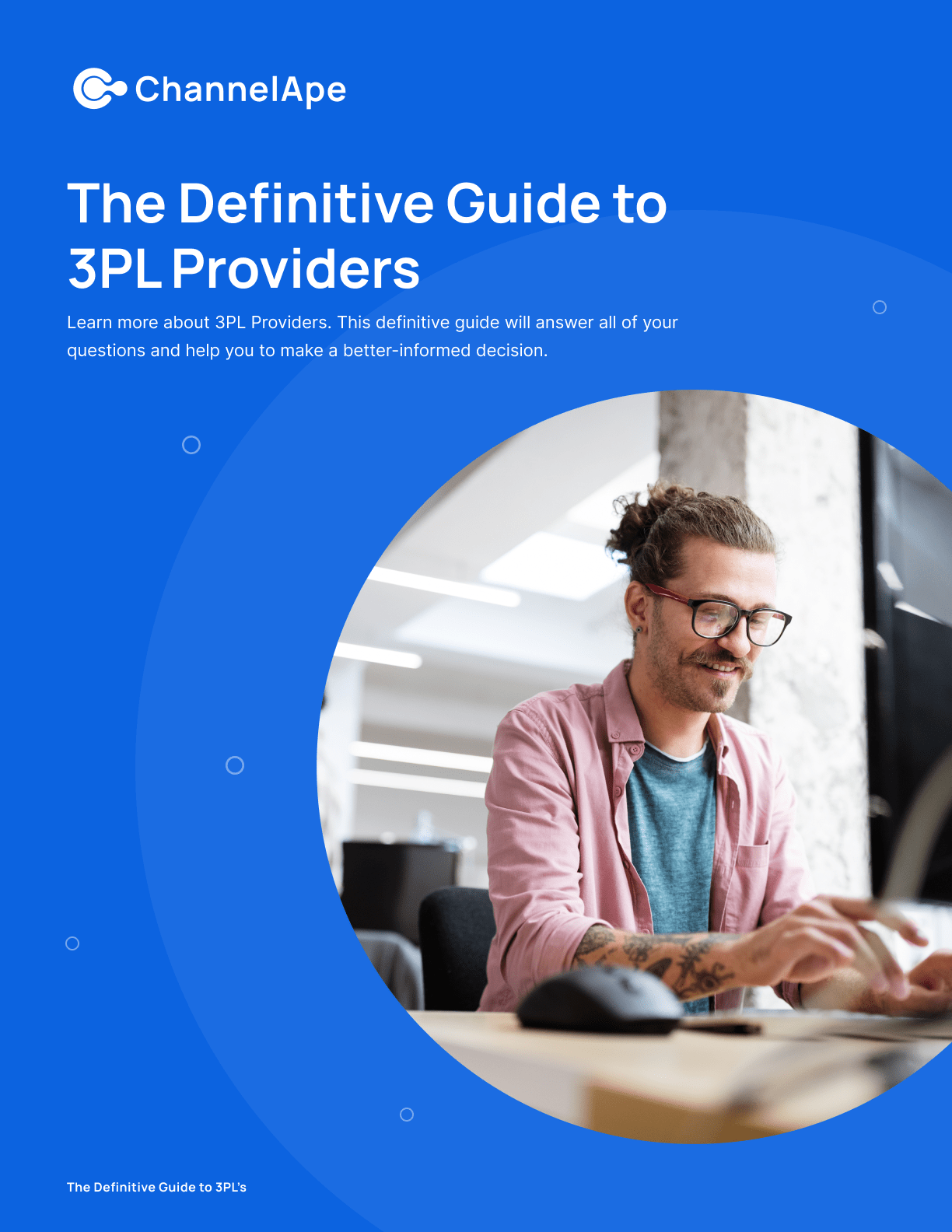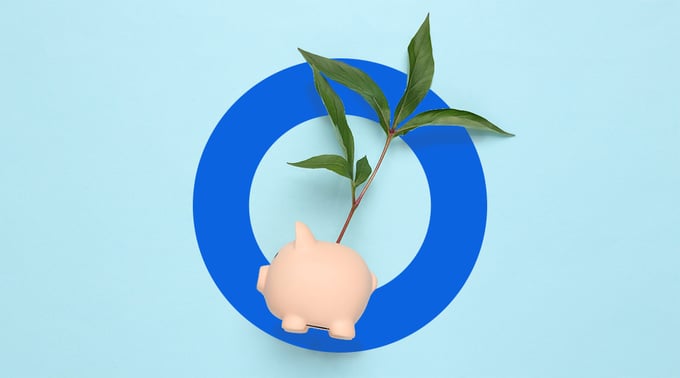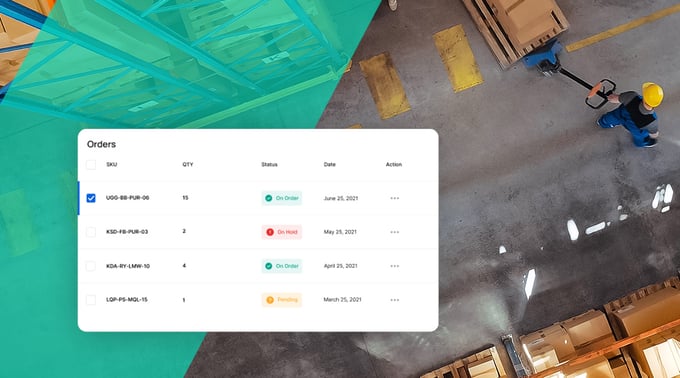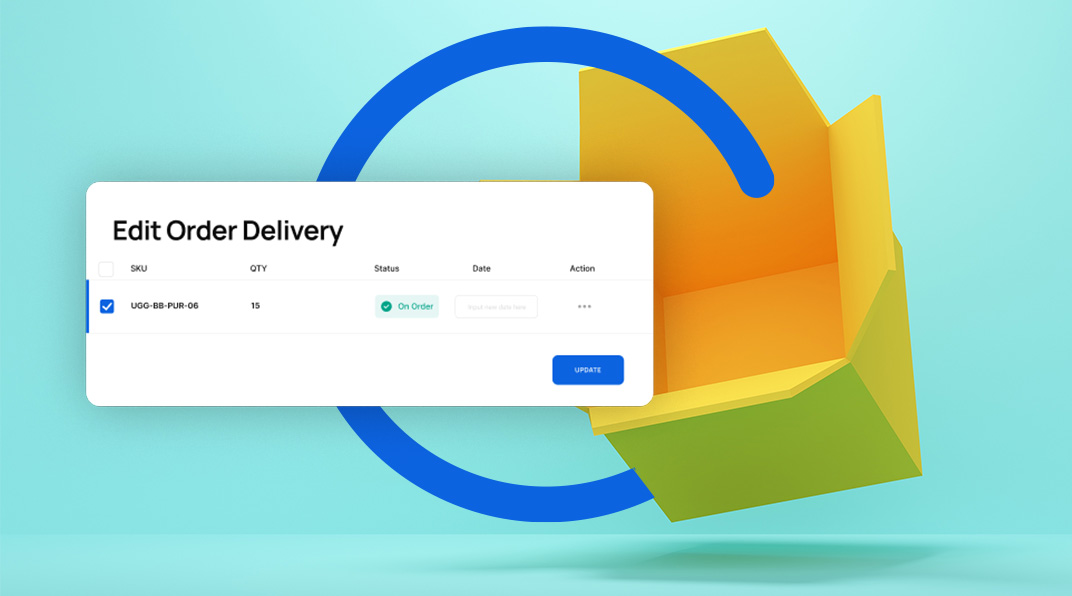Stop the Sadness: Distributed Order Management Fulfills Customer Expectations
Distributed order management software gives you complete control. But if you can't see your inventory, it doesn't matter how great your DOM rules are.
Influencers, wholesale & more
Inventory effective & expiration datesNo more spreadsheets required
Multi-status, multi-location inventoryWarehouses, stores, and channels
Fulfillment holds & order editsAuto-hold on new CX ticket
Automate fulfillment rulesBundles, marketing SKUs, and more

Influencers, wholesale & more
Inventory effective & expiration datesNo more spreadsheets required
Multi-status, multi-location inventoryWarehouses, stores, and channels
Fulfillment holds & order editsAuto-hold on new CX ticket
Automate fulfillment rulesBundles, marketing SKUs, and more
Successful retail brands are re-examining their entire supply chains to uncover potential carbon footprint reductions at every step.
Increasingly in the environmental crosshairs is freight transportation. According to the EPA, the transportation sector already generates the largest share of greenhouse gas emissions in the U.S., and within transportation, heavy-duty trucks are the fastest-growing contributor.
In 2015, the U.S. logistics industry moved more than 49.5 million tons of goods worth nearly $52.7 billion every day, which is more than 56 tons of freight per person per year, the EPA says. By 2025, projections show shipments of U.S. goods growing another 23.5%, and by 2040, a total of 45%. As freight activity in the U.S. increases, the EPA projects that, during this same time frame, growth in air emissions from freight will exceed growth in emissions from all other transportation activities, including passenger transportation. None of this is good.

To address the negative effects on the environment that accompany increased freight activity, many well-meaning brands are struggling to adjust their practices for the greater good. But the greater good is not the only beneficiary of sustainability efforts; the bottom line will also do well with some increased eco-attention.
Half the respondents in an Accenture survey of more than 25,000 consumers said “the pandemic caused them to rethink their personal purpose and re-evaluate what’s important to them. Forty-two percent said the pandemic made them realize they need to focus on others more than themselves.” Researchers call these consumers “the Reimagined.” Among this group, 66% said they expect brands to take more responsibility in motivating them to live by their values. They want to know what goes into a product, how it’s produced—and how far it’s been transported.

“Bringing this information to bear on a purchase decision helps enable them to support sustainability and care for their communities. Sixty-five percent of the Reimagined want to do business with brands that are environment-friendly, provide credible ‘green’ credentials for products/services, minimize harm to the environment and/or invest in sustainability,” Accenture reports.
The Reimagined also are far more willing to pay extra and switch to other providers to buy from brands that take visible action for a positive societal impact. A study by the MIT Sloan School of Management confirms this, citing customers’ willingness to pay more for products that ensure green logistics practices and transparent supply chains.

While adjustments in packaging are obvious downstream eco-choices, there are opportunities at other phases of the supply chain, including fulfillment, to make real environmental impacts. To do this, many brands are turning to their technology partners for a green assist.
“We work with some of the most forward-thinking eco-brands on the planet, including Allbirds and Rothy’s,” says Mike Averto, ChannelApe’s founder and CEO. “They inspire us—we can’t not think about this, and we are actively working on innovations to support our customers’ environmental efforts.”

One such innovation is ChannelApe’s distributed order management (DOM) software. DOM ensures orders are fulfilled from the “best” location. This means if a customer in New Jersey orders a product, it won’t be shipped from California when it’s also in a warehouse in New Jersey, even if different fulfillment partners own those warehouses—thereby saving both cost and emissions.
While DOM allows brands to split shipments if they need to ship things from different warehouses, the solution also feeds into the “slow shipping movement.” For some super-green brands and their customers, patience is a virtue. These retailers don’t split orders into multiple shipments, which typically increases carbon footprint, and they are able to program DOM to always make the most eco-responsible shipping choices. It may take a bit longer for customers to receive their goods, but ChannelApe is giving these brands the ability to drive their fulfillment practices according to their—and their customers’—values.

Further reducing the higher emissions of multiple-shipment orders is ChannelApe’s YesWindow, an adjustable window of time that lets brands automatically withhold orders from processing to accommodate their specific needs. It gives brands complete control to fulfill inevitable customer change requests before orders are sent for fulfillment. Most DTC brands allow customers to fix errors, change their minds, or even add to their order during a standard one-hour hold window. If your customer wants to make a change after their order has been processed, you’ll typically need to have the item shipped back. Then you’ll have to reship the correct item. So instead of one shipment, there are three shipments. With YesWindow, you can expand the change window, saving money, time—and emissions.
With an assist from the insight, transparency, and control offered by ChannelApe’s DOM, partner brands are reducing their carbon footprint one shipment at a time.
Distributed order management software gives you complete control. But if you can't see your inventory, it doesn't matter how great your DOM rules are.
Overselling has massive impacts on all your internal teams. And every team can help decrease this risk with company-wide inventory visibility and...
Don’t get us wrong: ERPs work well for accounting and finance, so by all means, consider using NetSuite or SAP or whichever company for your...